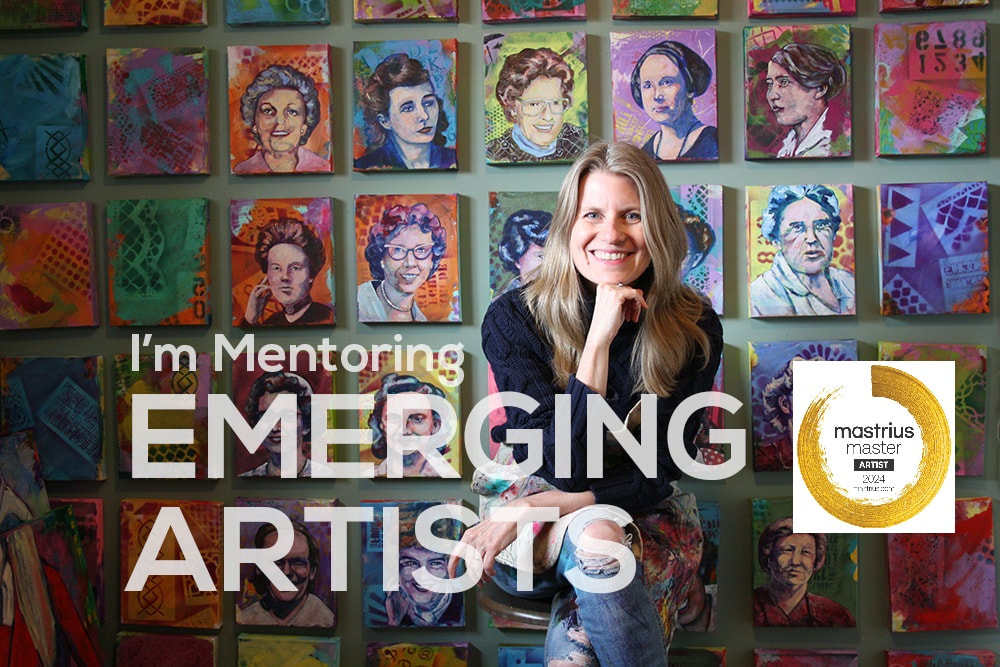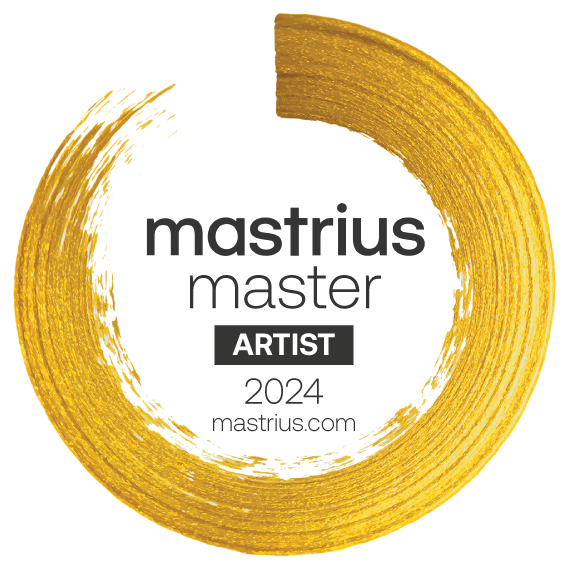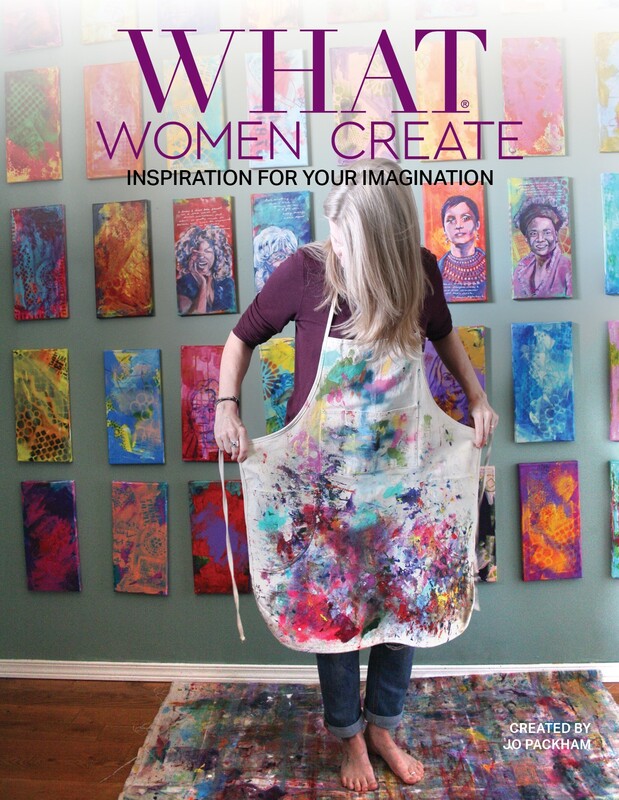|
“Every artist dips his brush in his own soul, and paints his own nature into his pictures.”
– Henry Ward Beecher “The object isn’t to make art, it’s to be in that wonderful state which makes art inevitable.”
– Robert Henri Last week I had an appointment with the Archives Department of the Galt Museum in Lethbridge. I have a few appointments this summer to begin my research into historical female artists in Alberta for my Artist Residency at the ASA Gallery in Calgary in September & October. The most amazing thing I found were handwritten papers by Edith Fanny Kirk that were prepared for presentations in the 1930s: How to Look at Pictures, The Evolution of Art and Essentials in the Understanding of Pictures. It was the most exciting thing to hold these documents in my hand, to know there was a woman who was open-minded in discussing the value of art. I can't wait to learn more.
Trying new things is hard. I've been trying to simplify what I pack to bring on travels. Not only for ease of travel but also to be gentler on my shoulders as I've struggled with adhesive capsulitis for many years. I've noticed that I need so much less than I think. Plus, my favourite thing to bring home from trips are the sketches in my travel journal.
I also feel the same about my supplies...if they're not quick & easy to access, lightweight & don't 'spark joy' I know I won't use them. Though I love my Kaweco fountain pen, the refillable converter was too small for a 2 week trip & my Lamy is too thick so it takes up too much space. I've recently picked up a Sailor Fude de Mannon fountain pen & am loving the angled nib to create thick & thin lines. I'm struggling to go straight to ink drawing & leave behind the pencil crayon & sharpener. But simpler means quicker sketches & less supplies to keep track of, too. I use a waterproof red document ink by d'Atramentis. For anyone interested in urban sjetching but nervous about it, you really don't need to worry. Most people don't even notice, or, if they do, they say the kindest things even when I think my sketch is terrible-I do believe we are harder on ourself. The sketchbooks I like are 3.5x5.5 or 5.5 120gsm square Handbook Journal Co by Speedball. They have lots of pages, have hard covers for protection in my bag & honestly, I love that they do a buckle/wrinkle just a little bit but not too much I don't use too much water so it's not an issue for me. I LOVE the Art Toolkit palettes...I have the larger Folio palette for studio & plein air direct watercolour painting; Pocket palette for gouache; and Demi palette for travel. They hold a lot of paint in a small package & can easily be re-arranged. My favourite paints to fill them are Winsor & Newton, M.Graham & Daniel Smith. They all offer vibrant colour & reactivate/re-wet easily. My only issue with M.Graham is that they stay sticky so it's not great for humid climates but is fabulous in my arid one. So, my next goal is to practice drawing with bolder lines and to trust my instincts. Just let go. One of the Mastrius Women in my current project offered to paint me as I was painting her and then we got to meet. It was such a highlight to connect with Brenda Matsen...and I love my portrait so much!
“The world of reality has its limits; the world of imagination is boundless.”
– Jean-Jacques Rousseau "In 1854, Disderi patented the carte-des-visite, which filled a need for portraits that could be captured rapidly and inexpensively."
|
|
























